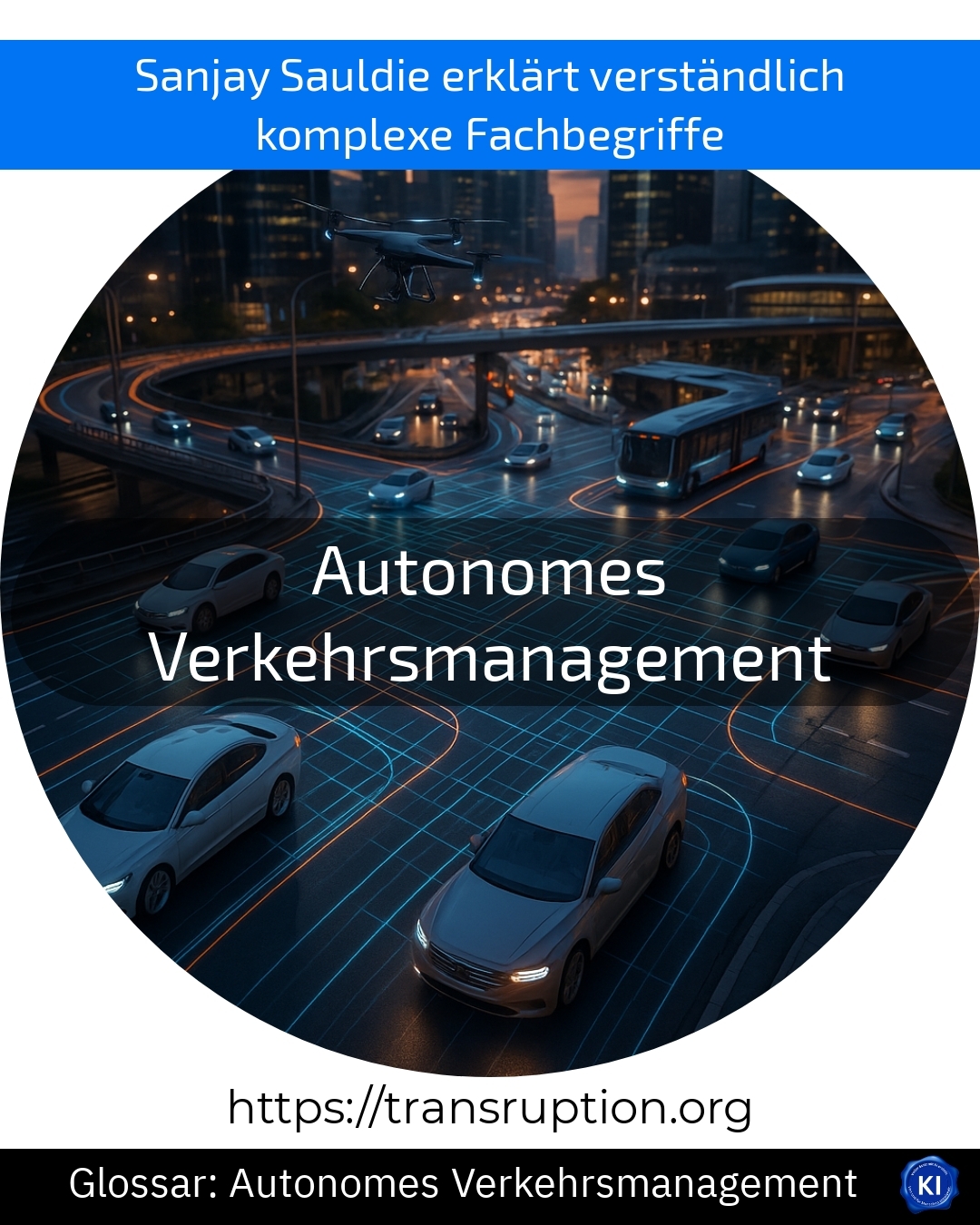Autonomous traffic management is particularly at home in the fields of automation, artificial intelligence and the Internet of Things (IoT). It describes the automated control and organisation of traffic flows without human intervention. Traffic data is collected in real time and analysed using intelligent systems.
The aim of autonomous traffic management is to avoid traffic jams and accidents, reduce environmental pollution and organise the movement of people and goods more efficiently. Sensors on traffic lights, roads and vehicles constantly provide up-to-date information, which is analysed by computers and converted into control commands.
A simple example is a "smart" traffic light: it uses sensors or cameras to recognise how many cars are approaching a junction. The system automatically adjusts the traffic light phases so that there is as little waiting time as possible and traffic continues to flow smoothly. In the future, such autonomous systems will also increasingly work together with self-driving cars.
For cities and companies, autonomous traffic management offers the opportunity to solve traffic problems sustainably and save costs at the same time. In this way, innovative technology creates real added value for all road users in everyday life.















